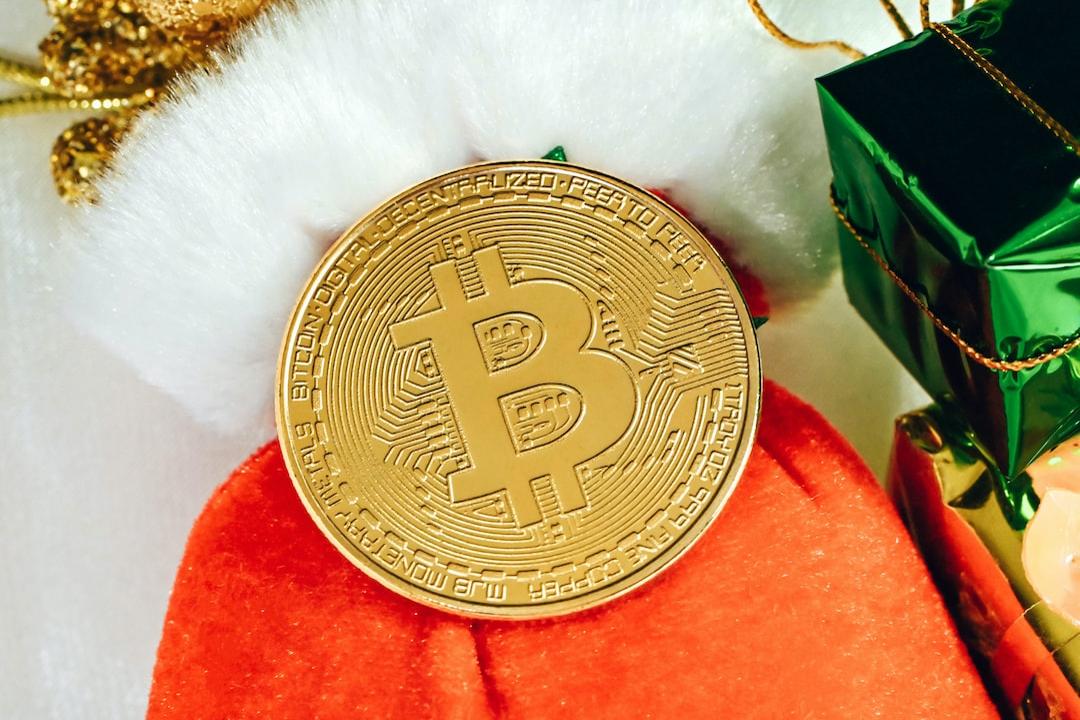BNB, the native token of the BNB Chain, soared to an unprecedented high of $723 on June 6 before settling back down to $705. Despite this slight correction, BNB has managed to rack up an impressive 19% gain in the first six days of June, far surpassing the 4.2% increase observed across the entire cryptocurrency market during the same time frame. Traders are now pondering the sustainability of this surge and searching for signs that could indicate further bullish momentum for the price of BNB.
The recent surge in BNB’s price is particularly remarkable given the news that Binance exchange’s founder and former CEO, Changpeng “CZ” Zhao, was transferred to a federal prison in California on June 1 to serve his four-month sentence for money laundering-related charges. While CZ’s imprisonment was largely anticipated following the court’s decision on April 30, it does limit any potential interference in Binance’s operations and strategy.
Despite the reasons behind the price surge, BNB’s current market capitalization of $108 billion represents a 37% premium over its competitor Solana, valued at $79 billion. It raises questions about whether the ecosystems of these two tokens justify such a valuation gap. However, a portion of BNB’s valuation comes from the perks offered by Binance services and exclusive access to offerings like Binance Launchpad.
To determine if the rally in BNB above $710 is sustainable, comparing BNB Chain’s activity with that of Ethereum, the leader in decentralized applications (DApps), is crucial. Nevertheless, comparing activity across different chains can be complex due to the low fees on BNB Chain, enabled by its semi-centralized structure, which may make data manipulation easier.
Some analysts have suggested that the surge in BNB’s price was largely driven by buyers using excessive leverage from derivatives, potentially due to FOMO traders employing high leverage on the buying side. However, the theory has been challenged after BNB futures open interest surpassed $1 billion for the first time on June 6.
While the futures open interest provides the total number of available contracts, it does not indicate whether buyers (longs) or sellers (shorts) are demanding more leverage. Each derivatives contract requires a matching buyer and seller of the same size and price. Therefore, it is not accurate to assume that the 18% rally in six days was solely fueled by derivatives markets based on this data.
To gauge traders’ appetite, analyzing perpetual futures, also known as inverse swaps, is essential. These contracts include a recalculated embedded rate every eight hours to offset leverage demand imbalances. A positive rate suggests a preference for leverage used by buyers.
Observing the funding rate, which has remained below 0.03% in the past six days, equivalent to 0.6% weekly, indicates that it is not considered expensive for most traders. The current 0.2% weekly funding rate for BNB aligns with Bitcoin’s rate and is lower than Solana’s rate, which stands at 0.5%. Hence, there is no proof that excessive leverage through BNB futures triggered the recent rally above $710.
In terms of DApps activity, BNB Chain remains a top contender in volumes, ranking in the top 3, while Solana lags behind. The analysis of DApps activity favors BNB, with a 23% surge in volumes over the past week, whereas most other blockchains experienced a decrease. However, the relatively stable active addresses on BNB Chain engaging with its DApps raise concerns about the growth in the number of users. Additionally, BNB Chain’s $6 billion seven-day volume is significantly lower than Ethereum’s $40.5 billion activity during the same period.
While on-chain and derivatives data for BNB do not signal any red flags, they also do not suggest that further upside is warranted, especially considering the uncertainties surrounding Binance exchange’s leadership in light of CZ’s current custody.
This article serves as general information and should not be construed as legal or investment advice. The opinions expressed are solely those of the author and do not necessarily reflect the views of Cointelegraph.

